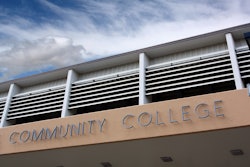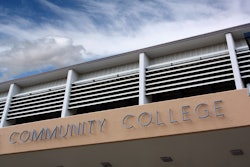While facing logistical challenges, reverse credit transfer is becoming a more common practice nationwide as a way of getting an associate’s degree or certificate for students who had gone on to take courses in a baccalaureate program that could be applied to retroactively award them a community college credential.
As states, educators, policymakers and philanthropists seek to expand the concept to increase rates of degree completion, minorities, first-generation students and adult learners could benefit most because they are most likely to have some college but no degree, according to experts.
“Reverse transfer is growing,” said Dr. Jason Taylor, an assistant professor of educational leadership and policy at the University of Utah and a recognized authority on reverse transfer. “I don’t think we really know how many colleges and universities are engaged in it. Based on what we know, there are hundreds, but there’s no hard data.”
Although credit transfer historically has meant going from a community college to a four-year institution – and still constitutes the vast majority of student transfers – many states are actively working to use reverse transfer to help students obtain a credential that could mean a better job or higher pay.
The potential harvest is plentiful. There are more than 31 million people across the nation with some college credits but no degree, including about 1.2 million non-credentialed individuals with 60 or more credits. Further, in fall 2011, for example, only about 60,000 of more than 1 million students who transferred from a community college to a four-year school did so with a credential, according to a report released in August by the National Student Clearinghouse (NSC) Research Center.
Reverse transfer is one of two degree-reclamation strategies of the nonpartisan, nonprofit Institute for Higher Education Policy’s (IHEP) new reverse transfer initiative called Degrees When Due, which is built on the successes of another reverse transfer initiative called Credit When It’s Due. Under Credit When It’s Due, almost 16,000 new associate’s degrees were awarded in 16 states through reverse transfer in the program’s three years, noted Taylor, who is leading the research component of Degrees When Due.
Although variations are wide, there is evidence of some reverse-transfer policy, practice or partnership in every state, said Taylor, whose research mines the intersection of community college and higher education policy, access and equity, and educational and social inequality.















